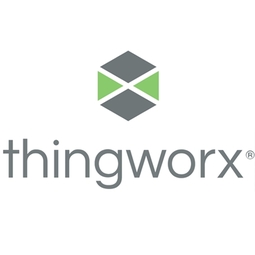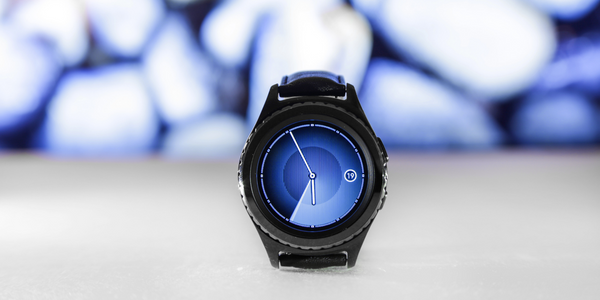
- Functional Applications - Remote Monitoring & Control Systems
- Infrastructure as a Service (IaaS)
- Networks & Connectivity - RFID
- Platform as a Service (PaaS) - Application Development Platforms
- Sensors - Biometric Sensor
- Sensors - GPS
- Product Research & Development
- Remote Patient Monitoring
Recent studies have found that patients return to the hospital at an alarmingly high rate among those who are hospitalized for heart failure, almost one in four are re-hospitalized within 30 days. Such a focus has led to novel approaches to improve patient care and reduce the need for re-hospitalization. Many of these strategies depend on technologies that employ remote patient monitoring (RPM), using the Internet of Things (IoT) and cloud computing, so that their health care team can track their progress without needing them to come to the office. At the Hochschule Furtwangen University (HFU) in Germany, students across multiple disciplines are working to develop this RPM technology into mechanical devices to aid in monitoring patients remotely. Their idea is to utilize the Internet of Things to develop “smart” wheelchairs and walkers that will transmit patient information to a dashboard developed in PTC’s ThingWorx to monitor various parameters and develop alarms specific to each patient. Achim Bumüller, Senior Assistant in the Mechanical and Medical Engineering Department, is managing the project along with five other faculty members dedicated to each discipline such as electronics, informatics, and mechanical engineering. “Since our university is located in the Black Forest of Germany in Baden-Württemberg, the project was originally developed due to the need for remote monitoring in the small villages that are 20-30 kilometers from their nearest doctor or hospital; however, the target has grown to include the necessity of monitoring patients inside a hospital, nursing home or other areas,” states Bumüller.
The “IoT Wheelchair” and the “IoT Walker” as they are called by the university, are being developed to include a Raspberry Pi® microprocessor that will connect to the cloud and thus to PTC’s ThingWorx- an application development platform for the IoT. The parameters that Bumüller and his students will be tracking on the walker and wheelchair with this technology include but aren’t limited to: • Pulse rate and oxygen saturation • Blood pressure • State control (motion & position) • Body temperature • GPS position control • RFID sensor The parameters would then be individualized in ThingWorx per patient by the RFID sensor. For example, if a patient has a heart issue, their pulse rate may need to stay under a certain threshold versus a patient without a heart issue, thus their pulse rate alarm setting to the doctor may be set lower. Another example may be that a patient recently had bariatric surgery that may require them to walk every few hours using their “IoT walker” to prevent blood clots. The state control sensor would alert the doctor if the patient hasn’t moved the “IoT walker” in the allotted time or send a friendly reminder to the patient of their medical protocol. To get a free demo of ThingWorx 8: http://solutions.iotone.com/thingworx

Case Study missing?
Start adding your own!
Register with your work email and create a new case study profile for your business.
Related Case Studies.









